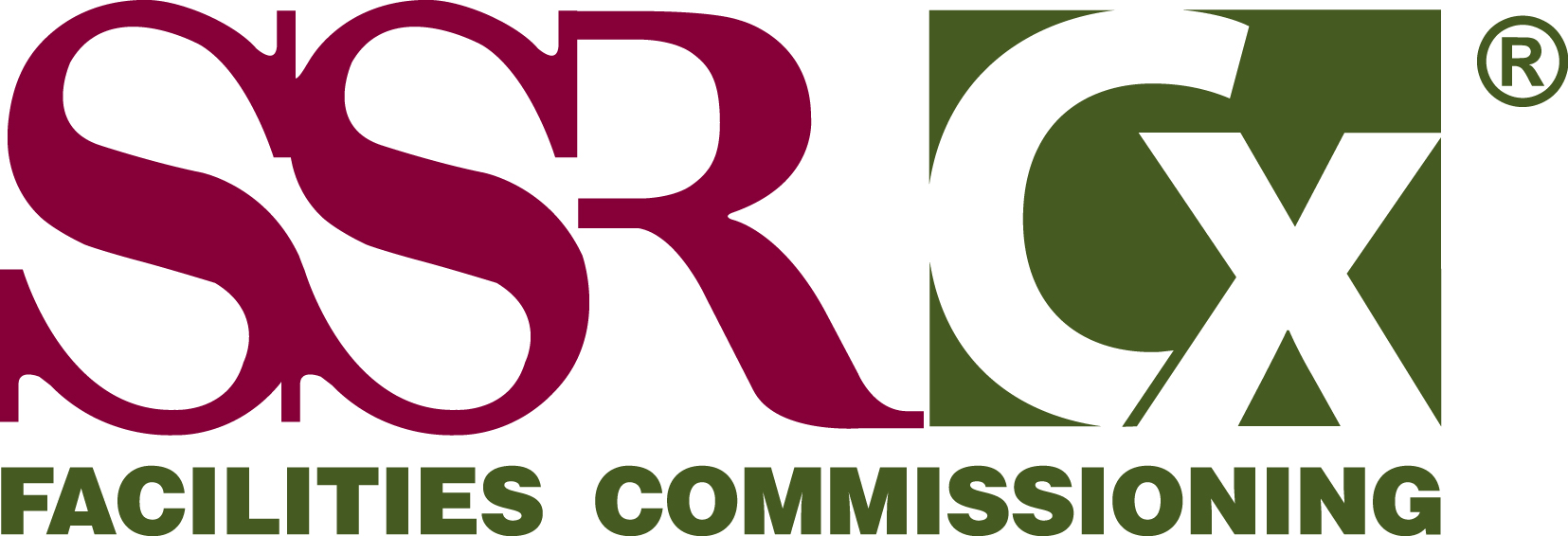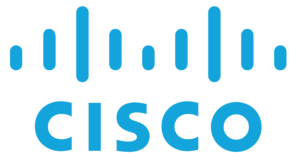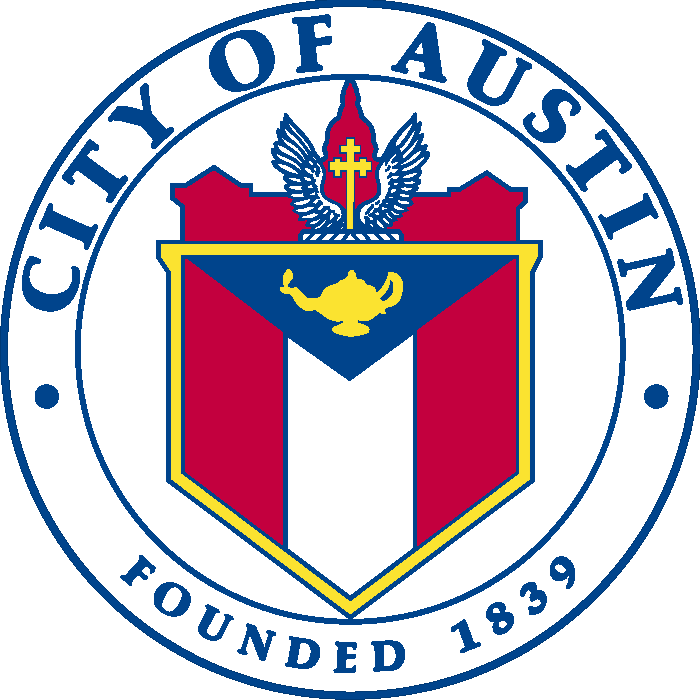Continuous Commissioning®
CC® Facts
- Implemented in over 900 buildings
- Provides an average project simple payback of under 2 years
- Used in climates around the globe
- Has produced over $390 million in savings as of December 2017
See Our Case Studies
Interested in CC®? Let’s talk
979.862.3652 ESL_CC_Contact@tamu.edu CLICK FOR FREE BUILDING ENERGY SAVINGS ESTIMATEThe Process
The Energy Systems Laboratory has developed the Continuous Commissioning® process to improve comfort and performance using cost effective measures. CC® incorporates the best of retro-commissioning techniques into a process that has achieved superior performance in over 300 buildings around the globe. The objective of CC® is to produce a rapid payback while providing sustained improvement to building performance according to the facility’s actual use. The process:- results in improved occupant comfort and satisfaction
- normally uses existing equipment rather than costly retrofits
- achieves higher system efficiency over traditional methods

Software Technology
Investigation and Modeling

Using measured energy consumption and some basic questions about the building, Opportunity Assessor identifies the potential savings opportunity for it. It is useful at the early stage of identifying—in a systematic way—buildings which are good candidates for the CC® process.

This tool is used in the CC® process during the detailed assessment. From this assessment, engineers create an hourly-simulation model, and calibrate it to the measured energy consumption. Then the model can be used to predict savings by applying various energy efficiency measures.
Implementation/Data Analysis/Visualization

This tool is used in the CC® process to acquire, store, time-align, analyze, and visualize trend data obtained from the building automation system in a scalable manner. With more and more data flowing from buildings, it makes sense to extract useful information without getting flooded with data. Analysis includes fault detection and issue management.
Ongoing Commissioning

Honest and transparent Measurement & Verification (M&V) is important in the CC® process. Based on an agreed-upon selection algorithm, Validator automatically creates inverse models, stores energy consumption data, and estimates realized savings from the CC® process. Read a recent academic paper from our team that describes the approach.
Potential Partnerships
Engineering Companies
The Energy Systems Laboratory not only implements Continuous Commissioning®, but licenses its CC® technology and practices to engineering firms. These firms have access to the tools, research, and expertise that make the CC® process effective. This select group of Engineers and Building Professionals have the necessary skills and training to quickly identify the best improvement opportunities—those that can be implemented with the least cost while producing the greatest impact.Building Owners
Contact the ESL at ESL_CC_Contact@tamu.edu or 979-862-3652 to discuss partnership opportunities.
Government and Non-profits
The Energy Systems Laboratory is interested in working with government and non-profit organizations to implement the Continuous Commissioning® process. Partnerships can include projects implemented by the Energy Systems Laboratory team or training of government and non-profit teams to implement projects using Continuous Commissioning® technology.
Contact the ESL at ESL_CC_Contact@tamu.edu or 979-862-3652 to discuss partnership opportunities.
Example Govt./Non-profits the Energy Systems Laboratory has partnered with include:
Continuous Commissioning®, CC® and PCC® are registered trademarks of the Texas A&M Engineering Experiment Station, a member of the Texas A&M University System, an agency of the State of Texas.































